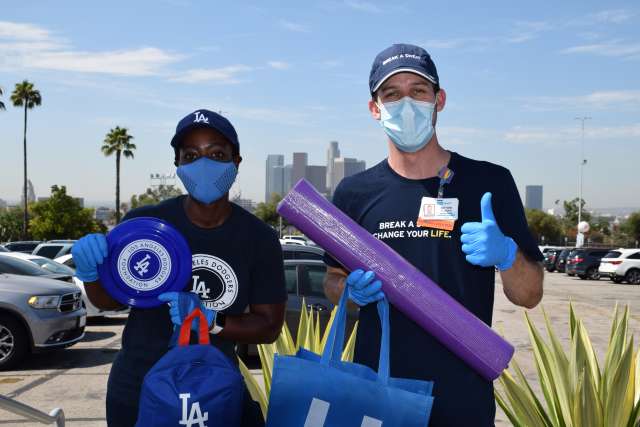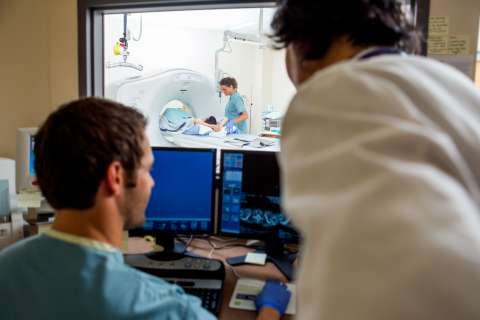One of the most significant changes brought on by the COVID-19 pandemic has been the transition to remote learning for school districts nationwide. While today many schools have returned some of their students to campus, for over 12 months, remote learning was the dominant form of education for a majority of children.
Last March, school districts scrambled to provide technology, textbooks, and other educational materials to maintain learning. However, resources and equipment aimed at keeping students active during home learning were largely absent from these distributions. Safer-at-home orders and other pandemic related closures severely limited access to community resources and exercise.
As the 2020-2021 school year got underway, UCLA Health Sound Body Sound Mind (SBSM) began distributing home physical activity kits with the ultimate goal of expanding access to exercise while students learned from home.
In an effort to explore the impact of these kits, SBSM launched a data collection program at two schools, Franklin Middle School in Long Beach and KIPP Academy of Innovation in East Los Angeles.
“It was apparent to us that a number of barriers to physical education participation existed and that many households lacked exercise equipment, but we wanted to more deeply understand just how serious the issue was and if our home physical activity kits were making any changes,” said Matt Flesock, Executive Director of UCLA Health Sound Body Sound Mind.
At both schools, SBSM distributed an access survey to students to learn about the equipment they already had in their homes prior to receiving a home physical activity kit. The results were eye opening.
Across both schools, over 50% of households lacked any of the items provided in the home activity kits, which included a resistance band, an exercise mat, a jump rope, and more. In some cases, over 75% of households lacked specific items such as resistance bands. Around 25% of students did not have the appropriate space to exercise indoors at all times.
Beyond access, SBSM looked at improvements in student participation in physical activity through the kit initiative. At Franklin Middle School in Long Beach, a 7% point increase was observed in the number of days students exercised outside of physical education class for 30 or more minutes following the delivery of the kits.
A committed and dedicated network of partners have been involved in SBSM’s home physical education kit initiative. Among them are the Los Angeles Dodgers Foundation, who fully funded the project at KIPP Academy of Innovation.
“UCLA Health has remained an important partner in our COVID-19 relief efforts and an authority on what our communities need right now,” said Nichol Whiteman, CEO of Los Angeles Dodgers Foundation. “While we wish that this was not the case in 2021, we know that our families need ongoing assistance to help them cope while staying safe at home. Physical fitness and mental wellness go hand-in-hand and we are making the necessary investments and partnerships to make these resources available.”
At KIPP Academy of Innovation, a six-week program focusing on the provided jump ropes and resistance bands was launched. The goal was to see if students were able to improve their skill level and familiarity with these items. Additional data collection was done on overall student activity levels.
After the testing period, a 7% point decrease was observed among students who had “a very hard time” using their resistance band. A 5% point decrease was observed among students who “can barely jump rope and make a lot of mistakes”.
One KIPP PE teacher remarked, “it was easier to create lesson plans knowing students had the same equipment. We were able to do a lot of different workouts using the bands and the jump rope.”
To date, SBSM has distributed more than 4,500 kits to communities across Los Angeles. Another 1,000 kits are planned for distribution in June.
“This has become one of our signature program initiatives over the last year”, says Flesock. “It has been of the utmost importance to ensure that our city’s youth have the resources to remain active even with the restrictions we have all endured over the 14 months.”



